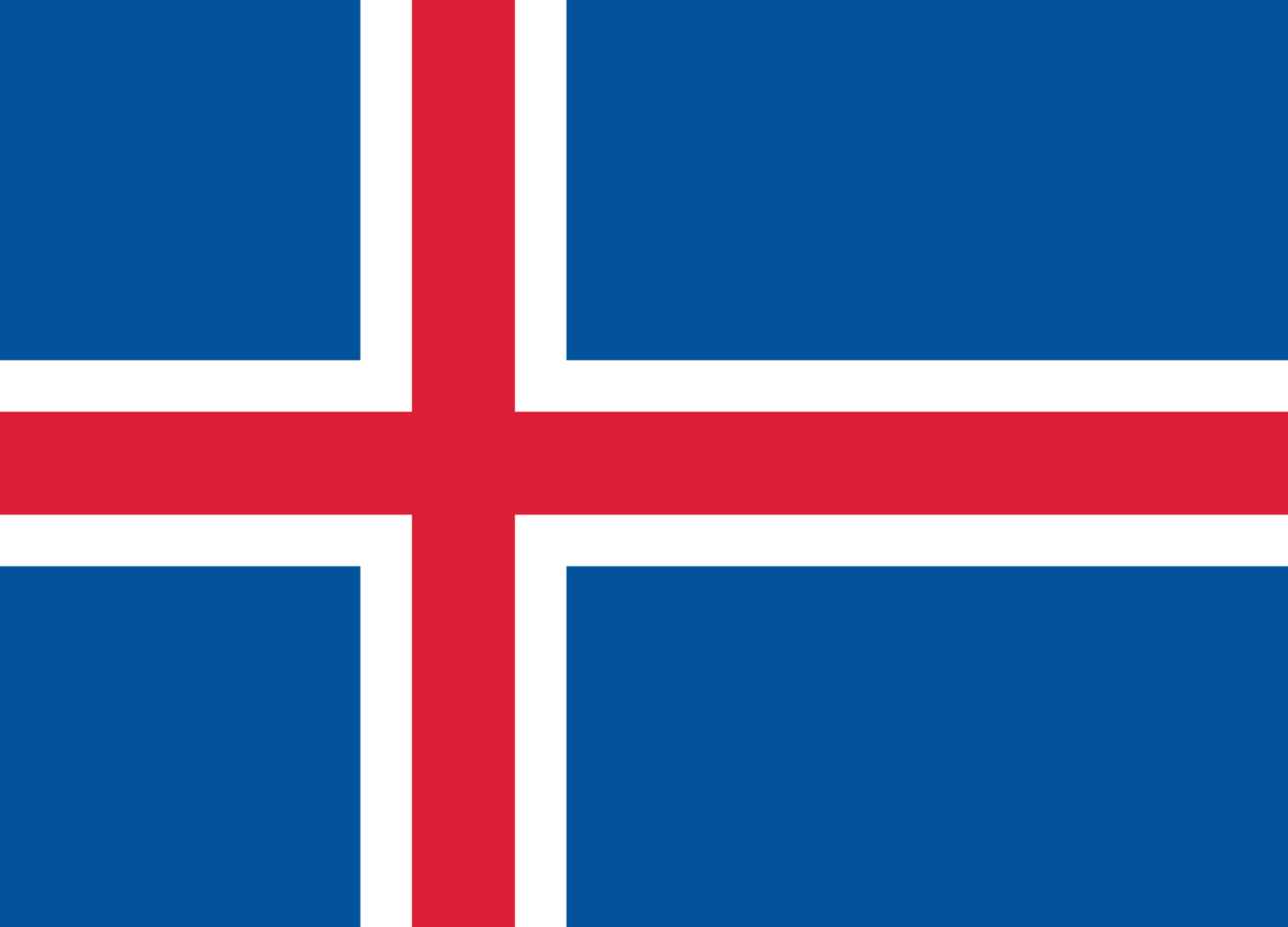
Iceland is a Nordic island country located in the North Atlantic Ocean, known for its stunning natural landscapes (including: volcanoes, geysers, hot springs, glaciers, lava fields), rich heritage rooted in Norse traditions (with Icelandic being very similar to Old Norse), strong literary tradition, high quality of life, and environmental consciousness. Despite its name, Iceland has a relatively mild climate due to the Gulf Stream (similar situation for Greenland having a icy climate), though winters can still be long and dark.
Reykjavík is the capital and largest city of Iceland, located in the southwestern part of the country along the coast. Despite its relatively small population, Reykjavík is the cultural, economic, and political centre of Iceland, offering a blend of modern Scandinavian architecture and colourful traditional houses, with a vibrant arts scene, museums, geothermal pools, and a lively nightlife. The city is home to well-known landmarks like the Hallgrímskirkja (a striking modern church and one of the tallest structures in Iceland), the Harpa Concert Hall, Sun Voyager (Sólfar; a famous sculpture symbolizing exploration), and the museum; Perlan, and it is a base for exploring the natural wonders of Iceland, such as the Golden Circle, Blue Lagoon, and nearby volcanoes and waterfalls.
UTC+0.
Due to its unique location on the Mid-Atlantic Ridge and its volcanic and glacial landscape; volcanic eruptions, earthquakes, glacial outburst floods (jökulhlaups), storms, coastal flooding, avalanches and landslides.
For traffic-related offences;
Iceland has a zero-tolerance policy for off‑road driving, littering, or ignoring restricted zones—especially in sensitive ecosystems. Off‑road violations alone can bring fines up to 350,000kr (~£2,111) minimum, where as littering can attract at least 100,000kr (~£603) as Iceland considers increasing penalties to this level, and trespassing on private property and marked paths can bring fines of an immeasurable amount and having the area closed off.
Speed enforcement is strict, and there’s little tolerance for even small overages. Rental agencies often handle fines, passing them along with a handling fee, typically 5,000kr (~£30). Speeding camera tickets may arrive via email weeks or even months later; monitor your communications and rental car agreement. Some fines might go unpaid due to issues with addresses or languages; still, many are chasing, and failure to pay can affect future rentals or result in collection efforts.
The official language of Iceland is Icelandic, but English, Danish and other Nordic languages are also spoken.
Driving is on the right side of the road in Iceland, where headlights must be on at all times, day or night. The minimum age to drive is 17, but to rent is 20 for standard vehicles, and 23 for larger cars and 4×4s (e.g., SUVs or 4WDs). Drivers must also have held their licence for at least one year, and rental companies may charge a 'young driver surcharge' to those under 25. UK drivers don't need an International Driving Permit (IDP) if they have an valid UK licence. However, if drivers have a paper licence, a licence issued in Gibraltar, Guernsey, Jersey, or the Isle of Man, or planning to stay in Iceland for more than 30 days, then an IDP may be needed.
When parking, use marked or paid zones; avoid grass, moss, or private land. Also, the first arriving vehicle on single-lane bridges has the right of way. Always approach slowly when driving onto those bridges.
Iceland’s weather is extremely changeable (use apps like vedur.is for weather and road.is for conditions). Slow down on gravel roads to reduce the risk of windshield or body damage from flying stones, and be cautious of strong winds, narrow roads, and isolated areas; especially in the Highlands.
Fuel is comparatively expensive. Many stations are self-serve and accept international cards or smartphone payments.
Speed cameras and police checkpoints are common, and fines can be steep.
The legal limit is 0.02%.
Mandatory for all passengers.
All children under 135cm (approximately 4'5") must use an appropriate child restraint system, depending on size.